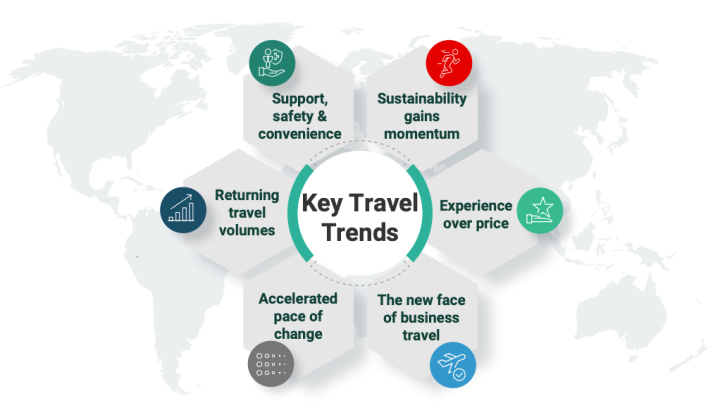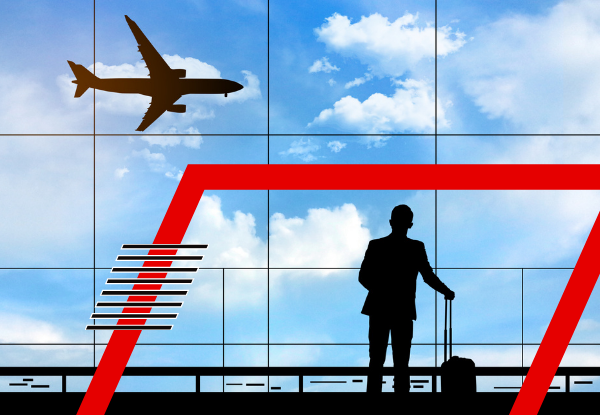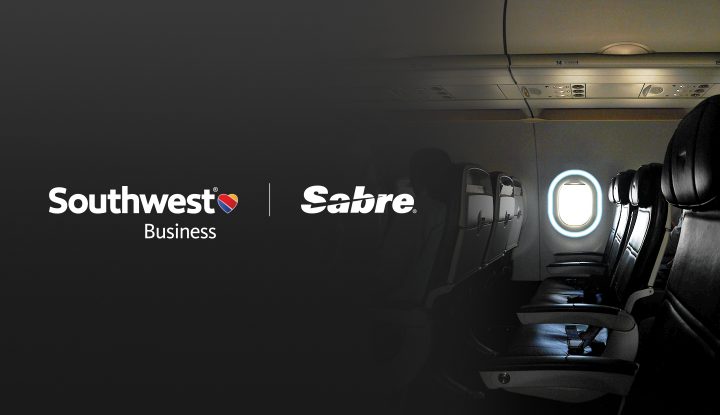- seem to be given more flexibility, liberty and autonomy on decisions for their travel. Eg. Choice of preferred airlines either from a pre-approved list of carriers or without any restrictions; pick of preferred hotels etc.
- place high priority on convenience and travel experiences. Eg. Direct flights; proximity from hotel to work, combining business and leisure travel.
- from the five key markets display distinctly different attitudes and behaviours. Eg. Indian business travellers are readily willing to pay digital services and other related add-ons from their own pockets, while Chinese business travellers place strong emphasis on service and prestige.
- can be grouped into four categories based on their preferences and behaviours : Stereotypical Suits, Service Seekers, Belt Tighteners and Points Maximisers.
- are susceptible to three disruptive forces impacting the business travel market, such as use of mobile channels to book travel, willingness to fly on LCCs and to stay in accommodation offered by providers such as Airbnb and HomeAway.
Article
5 significant insights on business travellers in Asia
Asia has fast become the world’s largest market for business travel, with more than a third of US$1 trillion in annual spending globally, and significant growth over the next few years.
It’s been estimated that by 2018, business travel spending in Asia is projected to grow four times as fast as in North America and more than twice as fast as in Europe.
A recent study commissioned by Singapore Tourism Board looked at five key markets : China, India, Indonesia, Japan and Singapore. Collectively, these countries represent 68% of Asia’s population and 78% of the region’s business travel spending.
Based on surveys, quantitative and qualitative data, the study revealed five significant insights on business travellers in Asia.
Asian business travellers :



